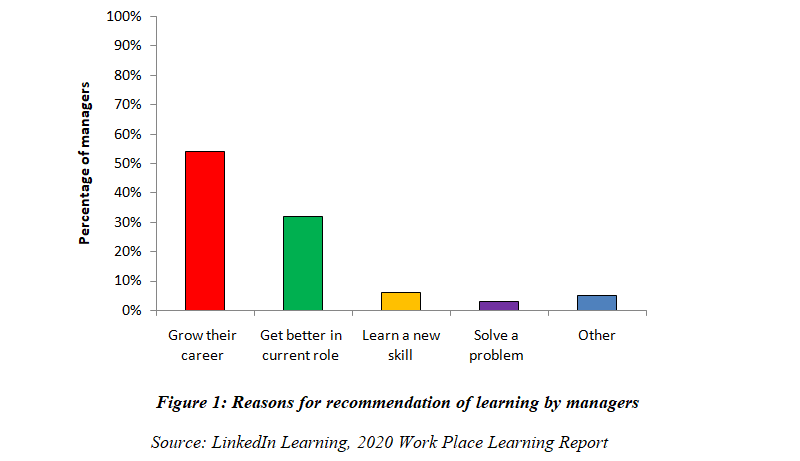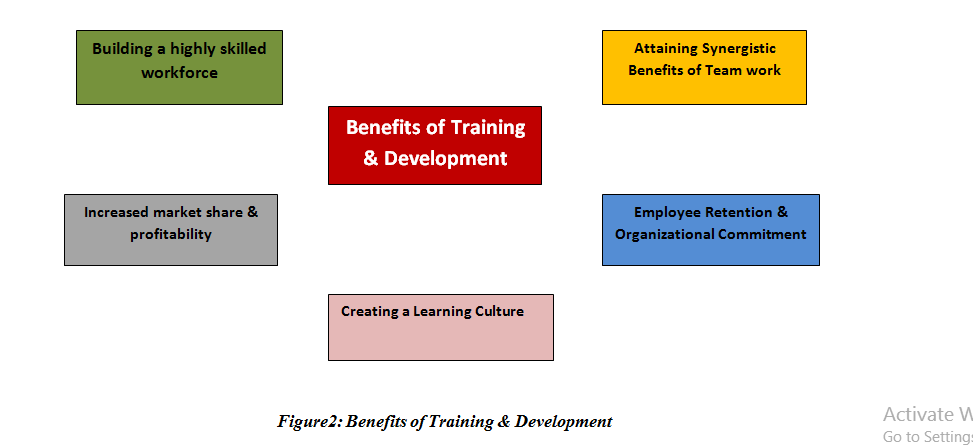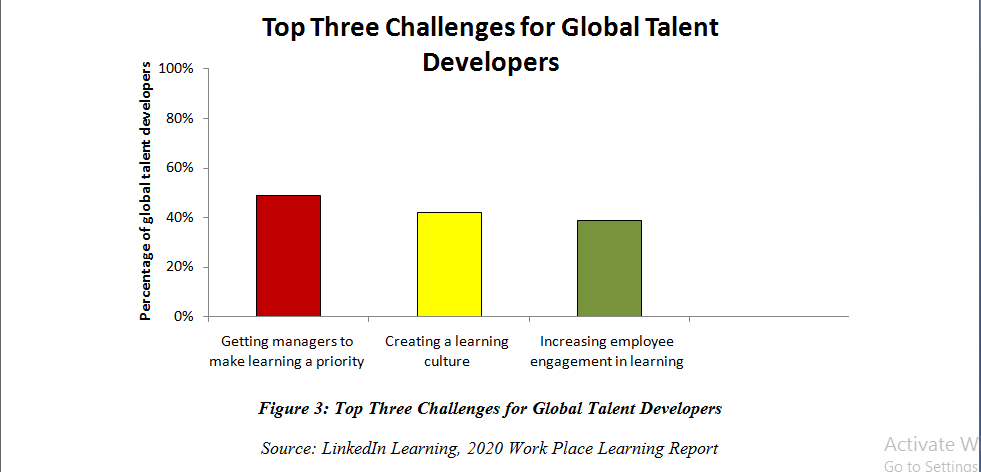Blogs

Optimizing Organizational Performance through Employee Training and Development
In the present turbulent times, organizations need to focus on sustaining continuous momentum in maintaining quality standards in respect of products and services delivered to the customers. Any compromise in terms of quality is bound to adversely affect the market share of a company and make place for the competitors to attain a dominating position in the market. For achieving high quality standards and realization of its vision and mission, it is vital for an organization to set high performance standards. However, the fact is that merely setting high performance standards is not sufficient, unless proper attention is paid to the development of the skills of people who are responsible for attaining these standards. In other words, organizational performance is dependent on the performance of its employees who are the key resources of an organization. Therefore, training and development of employees becomes essential for optimizing employee and in turn, organizational performance.
Benefits of Training and Development
All types of industries including Cement industry, FMCG, IT and ITES Sector, Banking, Textile Industry, BPOs and KPOs, Automobiles, Aviation, Health Care, Tourism and Hospitality, Railways, Pharmaceuticals, Manufacturing, Power, Retail, Mining, Services, Telecommunications, Oil and gas, Zinc Industry, Education Industry, etc. can leverage its human capital by providing training and development opportunities to its employees which go a long way in enhancing organizational performance.

As depicted above, according to LinkedIn Learning, 2020 Work Place Learning Report, 54% of the managers recommend learning to their teams for their career growth, 32% recommend it for enabling employees to perform better in their current role,6% and 3% suggest training to their employees for developing new skill and solving a problem respectively. Five percent managers have other reasons for recommending it.

Some of the specific benefits of employee training and development can be understood as follows:-
1. Building a highly skilled workforce
Training and Development programs lead to the enhancement of behavioural, managerial and technical skills of employees working at top, middle and lower levels in the organization. An organization should conduct a proper Training Needs Analysis (TNA) and on the basis of the assessed training needs, training programs should be organized for employees working at various levels in organization. In the contemporary times, besides technical training, behavioural training, soft skills training, leadership and management development programs and training for developing emotional intelligence have become highly significant for performance management of employees. Organizations in all sectors are making provision for multifarious learning and development of employees, in order to build a highly competent workforce.
2. Attaining Synergistic Benefits of Team work
No task in today’s global environment can be successfully accomplished without attaining synergistic benefits of team work. Research studies show that organizations which perform better have a team culture and where the employees work together as cohesive work unit for the attainment of strategic goals of the organization. Training and development programs also focus on building better coordination and rapport among the team members working on a specific project or task. In these days good results can be obtained by creating cross- functional teams, self- managed teams, project teams, task forces, committees etc. For getting optimum benefits of team work, training in team building, interpersonal skills and sensitivity training become a must.
3. Employee Retention and Organizational Commitment
When an organization invests in developing the skills of its employees, they develop loyalty and commitment towards their organization. Not only are they able to perform better but at the same time they are also in a position to the reap benefits of high performance because of increased adoption of performance-linked pay structure by organizations in almost all the sectors in the present era. It also leads to career growth of the employees and makes them suitable for promotion at higher positions in the organization. According to LinkedIn Learning, 2019 Workplace Learning Report, 94% of employees said that they would stay at a company longer if it invested in their learning and development. Moreover, the benefits of upskilling and reskilling the employees are transferred back to the organization through a highly competent, loyal and committed workforce which enables it to attain strategic and competitive advantage in the global market.
4. Creating a Learning Culture
Organizational culture has a great impact on the work life experience, motivation and performance of employees. Facilitating employee training and development fosters a learning culture in the organization and motivates the human resources to regularly hone their skills and abilities for self and organizational growth. According to the LinkedIn Learning, 2020 Work Place Learning Report, in which the global talent developers were asked about their top three challenges this year, getting managers to make learning a priority is the biggest challenge confronted by the talent developers globally (49%), followed by creating a learning culture (42%) and increasing employee engagement in learning (39%).

5. Increased market share and profitability
Training and Development of employees creates high performers in the organization. These high performing employees lead the organization towards attainment of strategic objectives, increased market share and profitability. In the present global, dynamic and highly competitive environment where survival of a company depends on the quality standards, new benchmarks can be created by continuous training and development programs which foster innovation, creativity, behavioural, leadership and management skills of employees.
Hence, it has become imperative for organizations to make a planned effort for enhancing the skills of their human resources through training and development programs which would lead to the optimization of organizational performance, competitive advantage and increased profitability for the organization.
